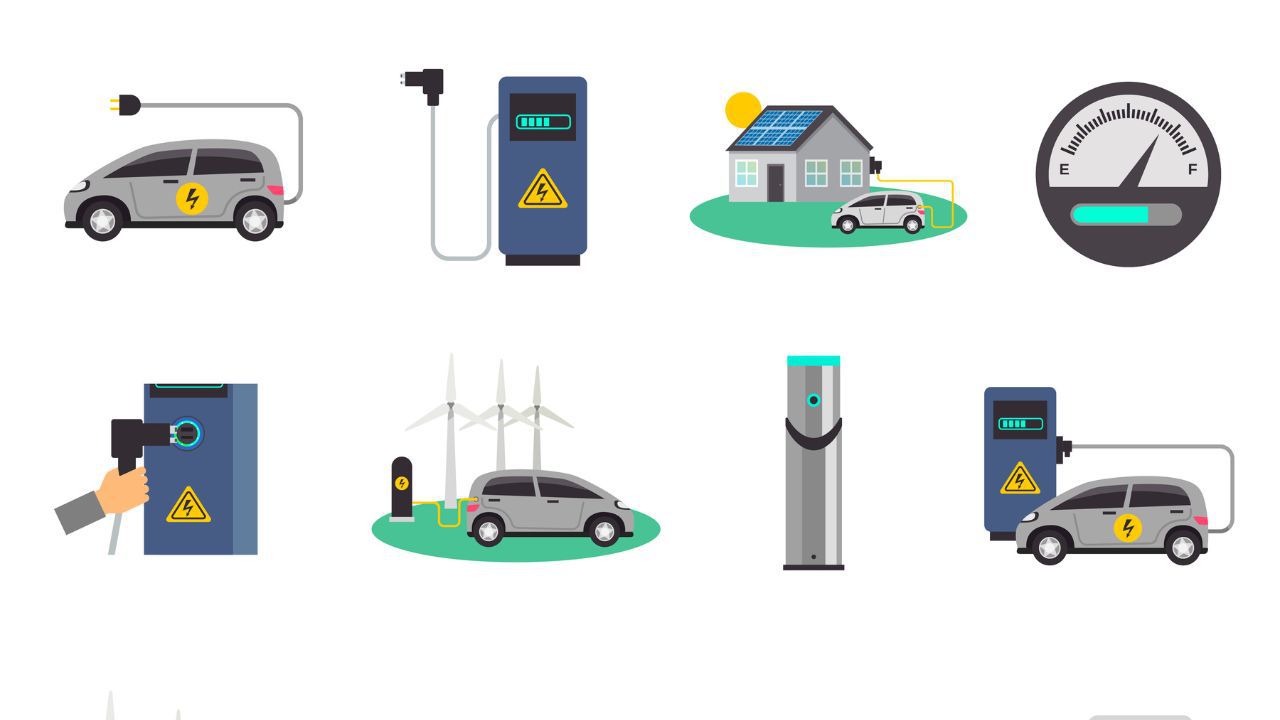A report from the India Energy Storage Alliance (IESA) and Customised Energy Solutions (CES) predicts that by 2032, there could be 123 million electric vehicles (EVs) on Indian roads in the best-case scenario. This projected growth highlights the country's dedication to sustainable mobility and efforts to reduce carbon emissions.
Driving Forces Behind the Surge
The anticipated growth in electric vehicle (EV) adoption can be linked to several important factors. A primary reason is the Indian government's proactive strategies, exemplified by initiatives such as the FAME-II scheme. This programme offers financial incentives for electric two-wheelers, three-wheelers, and four-wheelers, along with capital subsidies aimed at developing public charging infrastructure. These measures are designed to make EVs more accessible and attractive to consumers.
EVs Aligning with National Goals
This surge in EV numbers aligns with India's broader environmental objectives. The nation aims to achieve net-zero emissions by 2070, and increasing the number of EVs is a critical component of this strategy. The report also highlights the National EV Targets (NEV) scenario, which envisions significant penetration of EVs across various vehicle categories by 2030.
EV's Current Market Landscape
At present, electric two- and three-wheelers dominate the Indian EV market. Their popularity is due to affordability and suitability for urban commuting. However, for the EV ecosystem to thrive, substantial investment in charging infrastructure is essential. Ensuring widespread availability of charging stations will be pivotal in supporting the anticipated growth in EV numbers.




